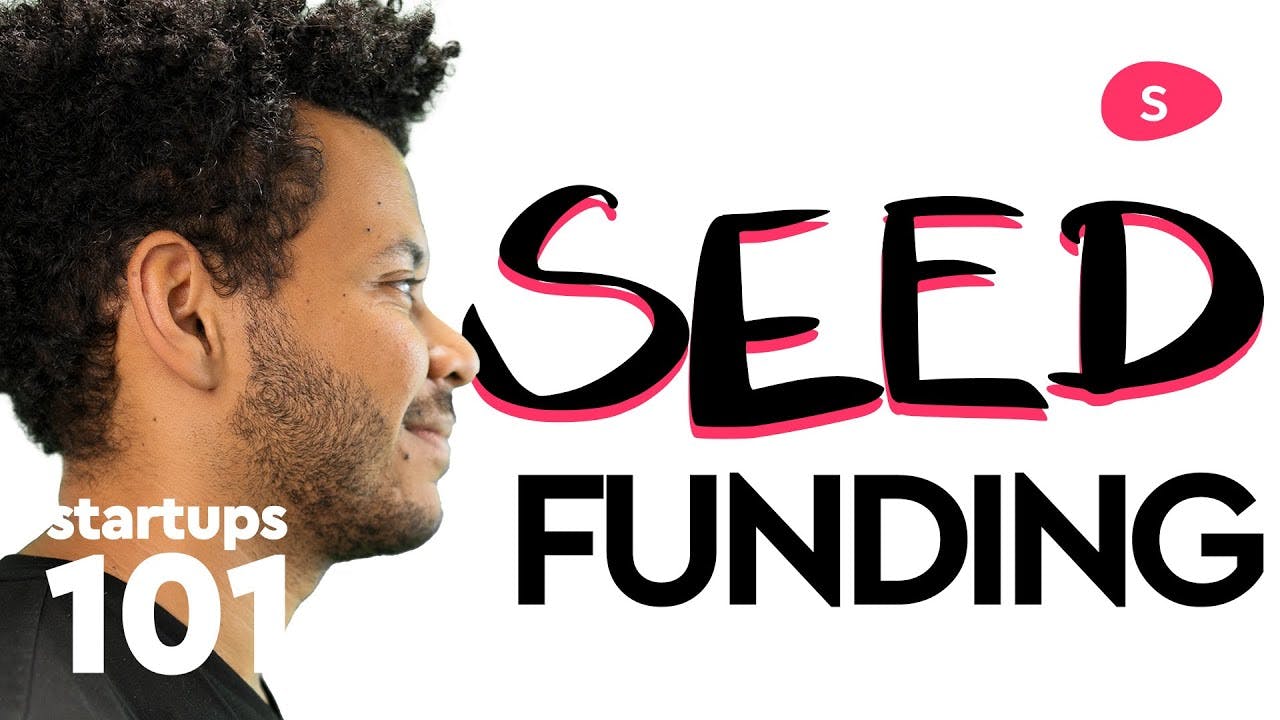Seed Funding: How to Raise Venture Capital - Startups 101
()

(00:00:00) Introduction to Seed Funding and the Speaker's Experience
- Raising capital is challenging and many companies do not succeed in it.
- The speaker is the CEO of Slidebean, a platform used by startups for creating pitch decks.
- Failed to raise capital for the first company in 2011 and had to shut it down.
- For Slidebean, successfully raised a seed round of $800,000 allowing growth to a team of 25 and reaching profitability.
- 142 investors were pitched to secure the seed funding.
(00:00:00) Traction Requirements for Fundraising
- Successful fundraising often comes after a company has gained traction.
- Investors rarely back companies without users or a complete founding team, especially tech startups without a CTO.
- In tech hubs like Silicon Valley and New York, startups typically show significant revenue growth or a large, engaged user base to attract investors.
- The speaker advises bootstrapping as a means to initially fund and grow a company.
(00:00:00) Alternative Funding Sources and Bootstrapping
- The speaker's company, Slidebean, bootstrapped by consulting part-time and living frugally.
- Startup accelerators, such as Startup Chile and 500 Startups, are highlighted as key resources that provide capital, support, and validation.
- Government grants and programs offer funding without taking equity, helping startups launch their products.
(00:00:00) The Pitch Deck
- Startups should stick to the expected pitch deck structure, keeping it simple and no longer than 15 slides.
- Pitch decks serve as an introduction, and in-depth tech or revenue details are saved for follow-up meetings.
- Sharing the deck should be done with a link; NDAs are discouraged, and secrecy around a pitch deck is frowned upon.
(00:00:00) Finding Investors and Raising Capital
- Pitching to a large number of investors is often necessary – approximately 100 for every $500,000 intended to be raised.
- Networking through LinkedIn, warm introductions, and attending startup events are crucial for connecting with VCs and angel investors who seek high-growth, high-scale companies.
- Slidebean's FounderHub connects founders with angels and accelerators, and cold emails are considered a last resort.
- Keeping meticulous records of investor contacts and conversations is advisable.
(00:00:00) Investor Meetings and Follow-ups
- Investor meetings typically involve a brief pitch and a Q&A session.
- Feedback from investors should be used constructively, whether it's positive, indicative of being too early, or outright negative.
- Regular updates to interested investors are important to maintain engagement and possibly secure investment at a later stage.
(00:00:00) Success in Raising Seed Funding
- Achieving seed capital is a significant success.
- Having a lead investor often makes it easier to attract additional investors.
- For seed rounds in the US, convertible notes or SAFEs are common and preferred over equity rounds.
Additional Offers from the Speaker
- The speaker offers further information on the differences between SAFEs, convertible notes, and equity rounds upon request.
- Viewers are invited to comment, subscribe to the channel, and stay tuned for future content.